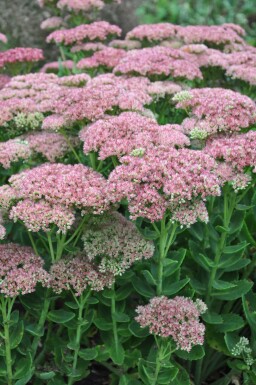
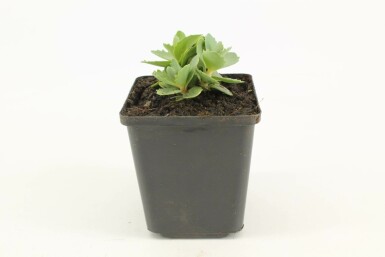




Updated on 10 September 2025
We regret to inform you that we are currently unable to ship orders to the United Kingdom. We anticipate being able to resume shipments at the beginning of 2026.
Sedum thrives in various garden settings, including rock gardens and green roofs. Its drought tolerance and vibrant blooms attract bees and butterflies, making it ideal for eco-friendly spaces. Perfect for those seeking a low-maintenance, colourful addition to borders or pots.






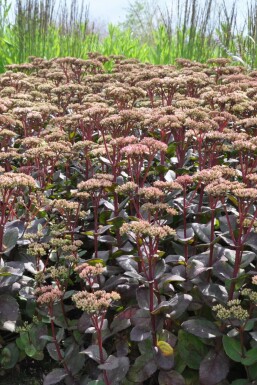
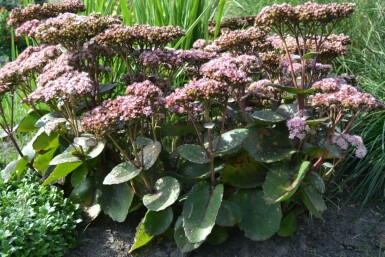
60cm



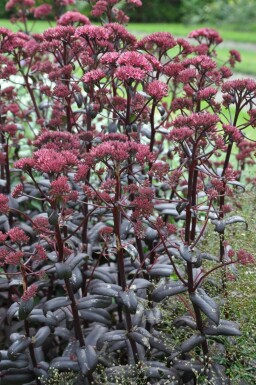
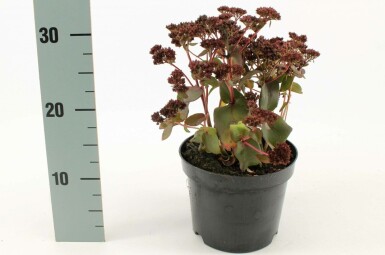




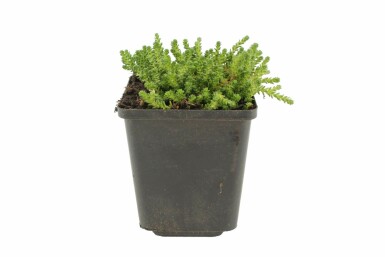
10cm




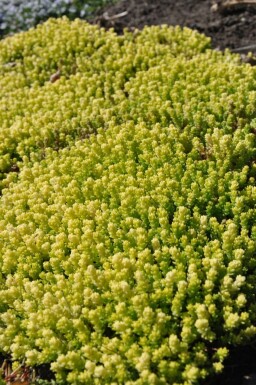
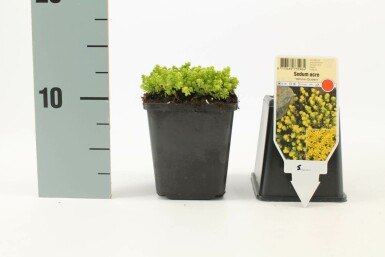
10cm




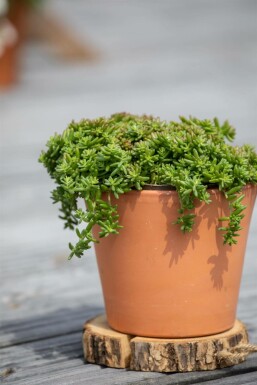
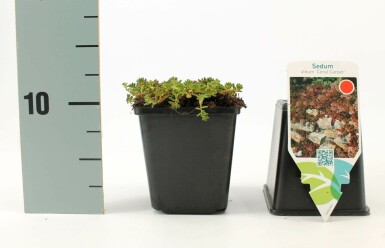
5cm




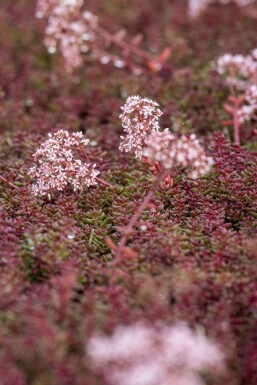
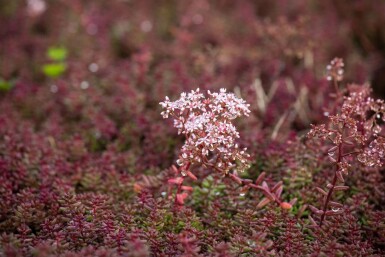
5cm



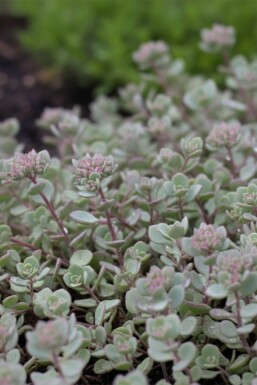
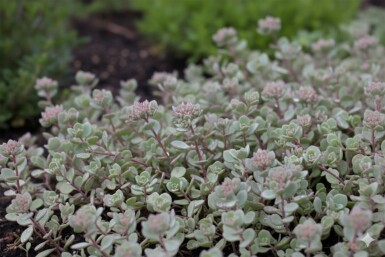
10cm





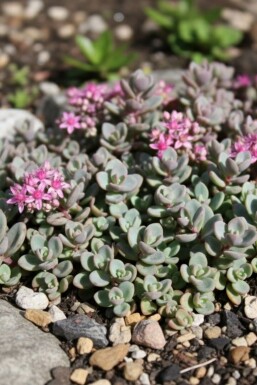
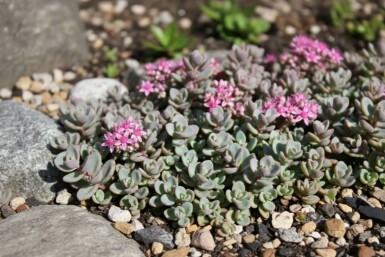
10cm


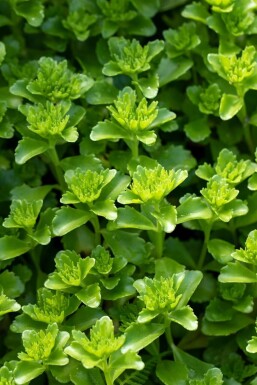
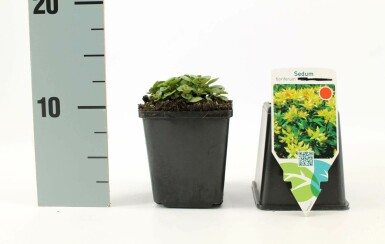
15cm



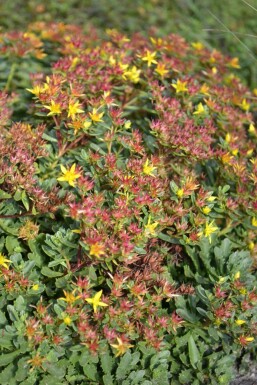
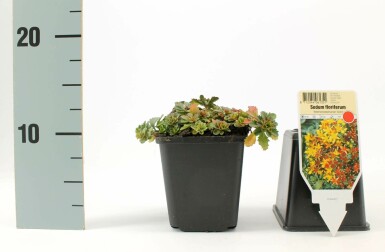
15cm



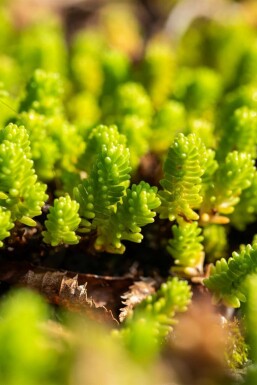
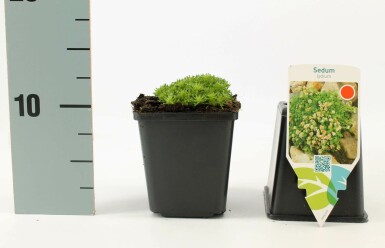
10cm




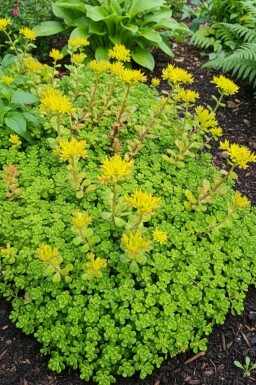
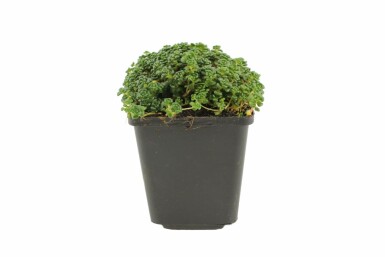
20cm


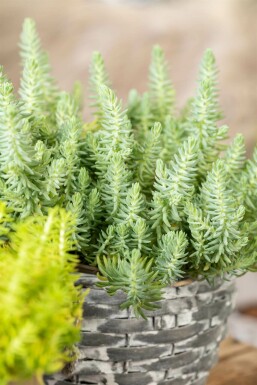
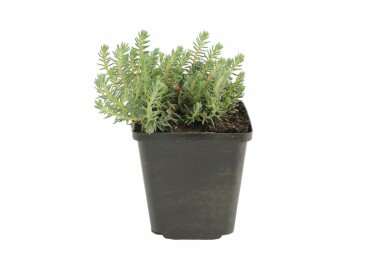
30cm



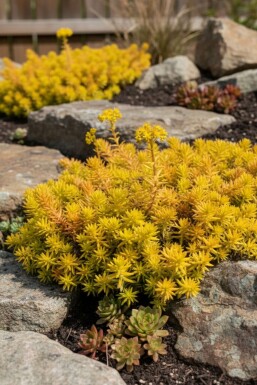
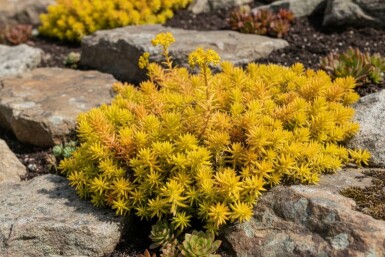
25cm



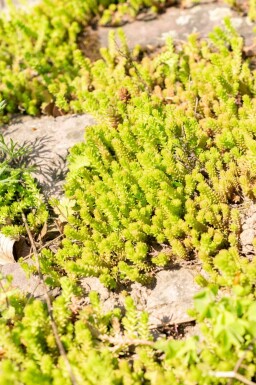
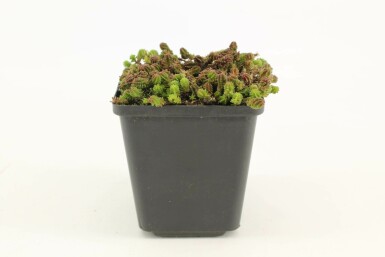
10cm



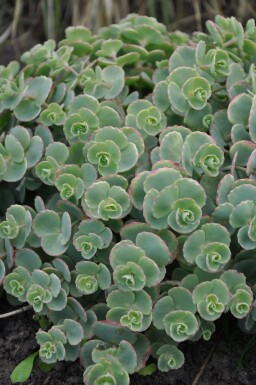
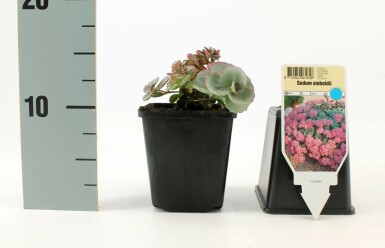
20cm


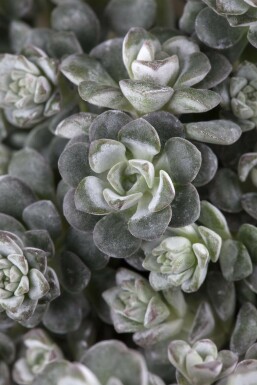
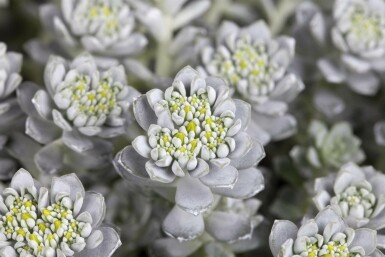



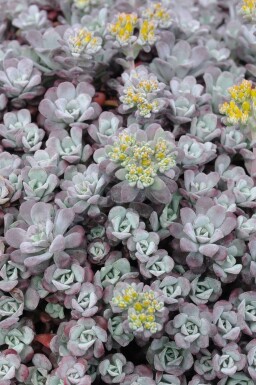

10cm



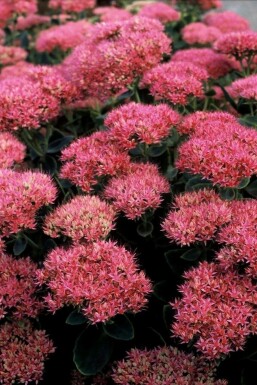
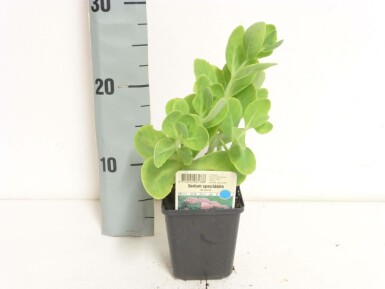
40cm





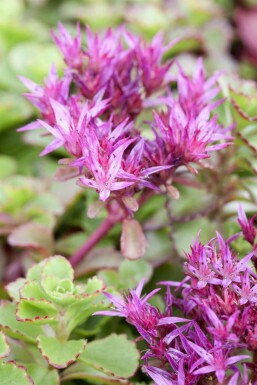
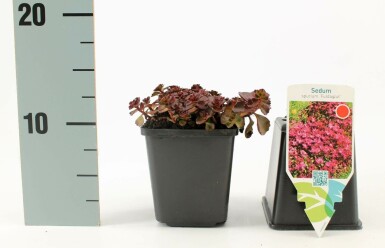
15cm





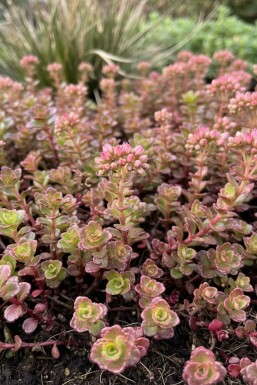
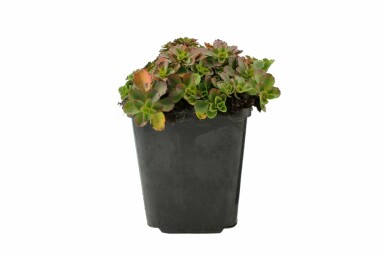
15cm






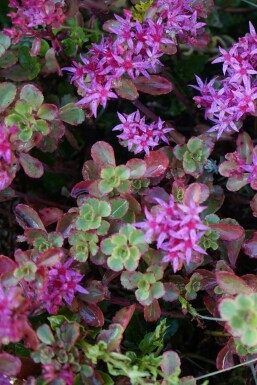
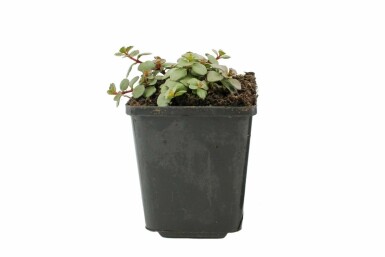
15cm





Sedum is a fascinating plant often used in gardens for its unique characteristics. This succulent boasts thick, fleshy leaves and flower clusters with star-shaped blooms in shades of yellow, pink, and white. Flowering between July and September, it can transform any garden into a vibrant space. Known for being drought-tolerant, Sedum is perfect for rock gardens and green roofs. Its resilience makes it a great choice for low-maintenance gardens and heat-tolerant borders. Explore the beauty and structure of Sedum, the stonecrop, and discover how it can attract pollinators to your garden. If looking to enhance the garden with a stunning groundcover or border perennial, buying Sedum in the UK could be the perfect choice.
This plant is easy to care for, perfect for gardeners seeking minimal upkeep. Disadvantages:Sedum is a versatile choice for any garden. When selecting Sedum for your outdoor space, consider varieties that thrive well in different conditions. At Heijnen, a wide range of Sedum is available, ensuring perfect picks for both new gardeners and seasoned enthusiasts. The drought-tolerant nature of Sedum makes it ideal for low-maintenance gardens, while its long flowering season, from August to October, adds colour to your borders. Sedum stands out for its ability to attract bees and butterflies, enhancing biodiversity. It is also suitable for green roofs, rock gardens, and heat-tolerant borders. Milk parsley features prominently in gardens with Sedum, providing a natural blend of foliage and blooms. The evergreen types of Sedum can withstand various soil conditions, including clay, making them ideal for diverse garden settings. For those looking to use Sedum as a cut flower or groundcover, its robustness is unmatched. Buy Sedum in the UK from Heijnen to transform garden spaces with vivid life and colour. Order the versatile Sedum (Stonecrop) from Heijnen and enjoy a strong, flowering ground cover full of bee activity.
Sedum, often called stonecrop or ice plant, is a popular choice for gardeners. As a member of the Crassulaceae family, Sedum is known for its hardy nature and ability to thrive in various conditions. This succulent perennial is drought-tolerant and makes an excellent addition to rock gardens or as ground cover. Sedum spectabile is a well-known species with stunning flowers that attract pollinators like bees. Sedum, native to the Northern Hemisphere, is found worldwide, adapting well to different climates. Its Latin name, derived from "sedere," meaning to sit, reflects its creeping growth habit. This plant represents self-sufficiency and sustainability, often used in green roofs and even in traditional medicine. In natural habitats, Sedum serves as a top-class bee plant and provides seeds for birds. Its evergreen types and clay tolerance make it suitable for various landscapes, including insect corners and borders. Whether looking for a groundcover or border perennial, Sedum can be a valuable addition to any garden. For those interested in purchasing, options to buy Sedum in the UK are available.
Sedum is a fascinating plant known for its thick, fleshy leaves and vibrant blooms. This succulent plant displays a variety of growth forms, including mat-forming and clump-forming. During its development, Sedum begins with a sturdy base, which gradually expands, reaching a height between 5 cm and 70 cm. Its spread is perfect for use as a ground cover, border, or in rock gardens. The blooming period for Sedum is from June to October. Growth is influenced by climatic conditions such as temperature and sunlight, and the plant thrives in well-drained, poor soil. Suitable for drought-prone areas, it can be a valuable addition to a garden. As an adaptable species, Sedum can withstand various weather conditions and performs well on green roofs. Sedum's blooms are available in a palette of colours, including pink, red, white, yellow, and orange. The blooming intensity and hue depend on factors like soil, light, and the specific cultivar. Some types offer evergreen characteristics, and they can even tolerate clay-rich soils. While Sedum is not particularly known for its fragrance, it does contribute to biodiversity and attracts pollinators. The mature height varies significantly based on the type and care, often influenced by soil quality and location. Sedum is a strong ground cover that requires little maintenance, making it ideal for those seeking low-effort gardening options. Its use as a succulent plant is especially appreciated for its autumn foliage appeal and cut flower potential.
Sedum is a hardy plant known for its fleshy, oval leaves, sometimes lanceolate, which vary in colour from green to blue-green and occasionally have a reddish tinge. These succulent leaves help Sedum resist drought and adapt to heat, wind, and poor soil, making it a versatile choice for many gardens. In winter, Sedum retains its leaves, staying green year-round, which adds persistent colour to the landscape even in colder months. Sedum can withstand temperatures as low as -34°C, thriving particularly well in USDA zones 4 to 6. This makes it an excellent plant for regions with harsh winters. In terms of drought resistance, Sedum's succulent nature allows it to store water efficiently, aided by a waxy leaf surface and the potential for deep root development. This characteristic makes it resilient during hot, dry spells. Importantly, Sedum is non-toxic to children and pets, ensuring it is safe for family gardens. Moreover, its blooming period from August to October provides a late-season nectar source, attracting butterflies and enhancing garden biodiversity. The plant's ability to flourish in various conditions while supporting local wildlife makes it a valuable addition to any garden. Additionally, Sedum spectabile is particularly popular in UK gardens for its ornamental value and ecological benefits.
Sedum, a drought-tolerant succulent, is a fantastic choice for sunny gardens. Its resilience and easy maintenance make it a popular option for various garden applications. Here are some ways to incorporate Sedum in the garden:
Sedum is not only aesthetically pleasing but also practical for creating a low-maintenance garden. When planning a new garden project, consider adding milk parsley as an exciting addition. Buy milk parsley to complement the resilient and attractive Sedum, creating a vibrant and sustainable garden environment.
Sedum thrives when combined with a variety of plants in the garden. In gravel gardens, it pairs well with Echinacea, Rudbeckia, and Nepeta. These plants share similar growing conditions, making them ideal companions. Echinacea and Rudbeckia offer bright, daisy-like flowers that contrast beautifully with Sedum's textured leaves. Nepeta, with its aromatic foliage, attracts bees and butterflies, enhancing the garden's biodiversity. Sedum is drought-tolerant and combines beautifully with other sturdy perennials. The combination is not only visually appealing but also practical. Sedum's succulent nature means it retains water, benefiting nearby plants in dry periods. Its autumn foliage adds a splash of colour, complementing the vibrant blooms of Echinacea and Rudbeckia. Nepeta's low maintenance and heat tolerance match Sedum's resilience, making this a sustainable choice for low-maintenance gardens. For those looking to create a stunning, easy-care garden, consider combining Sedum with these hardy plants.
Sedum thrives in sunny areas with at least 6 hours of sunlight daily. It prefers well-drained, dry to slightly moist conditions. The light need is vital as it impacts photosynthesis and growth. Sedum is wind-tolerant, thanks to its succulent leaves, but planting in a sheltered spot can prevent excessive wind damage. Ideal soil types for Sedum are calcareous, dry, stony, and poor in nutrients. Regular fertilisation and ensuring the soil is well-draining boost its growth. Soil moisture for Sedum should be balanced; too much water can cause root rot, while too little affects growth. Factors like wind, sun, and soil type influence moisture levels. Sedum prefers slightly alkaline to neutral pH, helping it absorb nutrients effectively. This succulent perennial, also known as Sedum spectabile, is a drought-tolerant succulent and a perfect groundcover or border perennial. For those interested, it's easy to buy Sedum in the UK as it is a popular choice for pollinator-friendly gardens.
Sedum is best planted in spring or late summer. It grows well in dry, stony or sandy soils which are well-drained. Avoid planting during frost periods. Those in pots can be planted year-round except during frost, while root balled ones are best in spring and autumn. Sedum prefers full sun, making it ideal for green roofs and rock gardens. Proper spacing is essential for healthy growth. Consider the plant type, its size at planting, and growth rate. Details on plants per metre or square metre are available on the Heijnen product page. Preparing the soil is crucial for sedum. Use Heijnen planting soil for best results. Ensure the ground is dry and well-drained, with low nutrients. For planting, dig holes slightly wider than the root ball, place sedum in, and cover with soil. Water well after planting and during dry spells. Sedum requires minimal care and is drought-tolerant, thriving with at least 6 hours of sun daily. After planting, regularly check moisture levels and fertilise if necessary. Milk parsley is another noteworthy plant to consider for similar environments. Sedum, especially varieties like Sedum spectabile, is a great choice for those seeking drought-tolerant succulents with beautiful autumn foliage.
Sedum, known for its resilience and beauty, requires specific care to thrive. While it's hardy and drought-tolerant, proper maintenance enhances its health and appearance. Regular pruning, division, and attention to watering and fertilising ensure this plant stands out in any garden.
Sedum spectabile and other succulent perennials bloom between August and October. As a top-class bee plant, they play an essential role in natural habitats and are perfect for green roofs. Consider adding Sedum to your garden to attract pollinators and enjoy their vibrant blooms.
Sedum stands out in any garden with its vibrant blooms and resilient nature. This hardy plant showcases flowers in shades of pink, red, white, yellow, and orange that provide a striking display. The flowers bloom in umbels, attracting bees and butterflies, adding biodiversity to any garden. Sedum's succulent leaves, available in green, blue-green, and reddish-tinged hues, are thick and visually impressive. These leaves also have a unique texture that creates interest throughout the seasons. The plant's growth form can be mat-forming or clump-forming, making it versatile for various garden designs. Sedum is a succulent garden plant that tolerates drought well, making it ideal for green roofs and rock gardens. It also adds structural interest with its autumn foliage, providing a splash of colour even as the seasons change. Additionally, Sedum offers a habitat for pollinators like butterflies, serving as a vital source of nectar. In terms of landscaping, Sedum is excellent for creating low-maintenance and heat-tolerant borders. Incorporating it into a bee garden can enhance the space's ecological value. Overall, this drought-tolerant succulent is perfect for anyone looking to add beauty and resilience to their outdoor space.
Sedum, known for its hardy nature and vibrant blooms, is a favourite among gardening enthusiasts. These drought-tolerant succulents, often referred to as stonecrop, are ideal for adding texture and colour to gardens. With their ability to thrive in various conditions, including clay soils, they are perfect for those seeking low-maintenance plants. Many varieties are also renowned for attracting pollinators, making them an excellent choice for a lively garden from August to October. Here are some popular Sedum varieties to consider:
Sedum is a popular choice for gardeners due to its many benefits. It is loved for its beauty and resilience, making it a great addition to any garden. Advantages:
We would like to provide some tips on how to plant and care for a Sedum. By following these tips, you can be sure to enjoy your Sedum for a long time.
Sedum thrives best in full sun with at least 6 hours of sunlight daily. The ideal spot for Sedum is in well-drained, dry to slightly moist soil, making it perfect for calcareous, stony, or poor grounds. It’s crucial to choose a location with good drainage, as Sedum does not prefer wet conditions. This plant is highly drought-resistant due to its succulent leaves and can withstand both heat and wind. Correct placement leads to better growth, vibrant blooms, and healthier plants, with more striking leaf colours. It is suitable for green roofs, rock gardens, and bee gardens or as ground cover, in borders, or group plantings. Whether in pots, planters, or natural gardens, the right place ensures Sedum’s thriving condition. Planting in spring or late summer is recommended for the best results. The correct spot is key to Sedum's successful growth and bloom.
Preparing the ground well is essential before planting Sedum. The soil should be worked to ensure good water permeability and a mix of nutrients. Adding organic materials like compost can improve soil structure. Proper ground preparation allows Sedum to establish strong roots, essential for their growth. Pot-grown Sedum can be planted all year round, except during frost. Ensure they are well-watered after planting to help them root. The size of the plant determines how many can be planted per square metre. Optimal planting times for Sedum are in spring or late summer, especially when the weather is dry. With their drought-resistant nature, Sedum thrives in full sun and well-drained soil, making them ideal for dry, stony, or sandy environments. Remember, well-prepared soil is the foundation for successful plant growth.
Sedum plants, known for their resilience, typically require minimal fertilisation. However, a light application of low-nutrient feed in spring can help maintain their shape and encourage bloom. This is important for the plant's vitality and health, ensuring strong growth throughout the season. Using organic or organic-mineral fertilisers from Heijnen enhances growth and supports rich blooms while promoting overall plant health. It's recommended to fertilise Sedum twice a year, once in spring and again in summer. The amount of fertiliser depends on the plant size, with larger plants needing slightly more. Fertiliser effectiveness is dependent on its absorption through water. In case of prolonged dryness, it is advisable to water the garden, allowing nutrients to reach the roots effectively. This method supports not only Sedum but also favours other plants like milk parsley.
Sedum should be pruned to maintain its health and appearance. Regular pruning helps the plant to grow more vigorously and increases flowering. It also prevents the plant from becoming too leggy. Prune Sedum in early spring, ideally in March, to maintain its shape and encourage healthy new growth. Use sharp secateurs for clean cuts, which are crucial to avoid damaging the plant. This is important as good tools ensure that the plant heals quickly. Pruning also involves cutting back the plant to the ground. This method helps the plant to focus its energy on new growth. Additionally, dividing the plant every third year promotes better growth and prevents overcrowding. Keeping the soil calcareous and poor enhances the overall health of Sedum. For best results, ensure the soil is not too wet during the winter months.
Sedum is a hardy plant requiring very little water. Most Sedum species, such as Stonecrop and Sedum spectabile, thrive in well-drained soil and prefer to be watered only when the soil is completely dry. During the early stages after planting, it is crucial to water Sedum regularly to help it establish roots. Once rooted, the plant needs watering only during prolonged dry spells. Giving more water less frequently is better than small amounts daily. The best time to water is in the early morning or late afternoon, reducing evaporation. Checking the soil ensures Sedum actually needs water. Excess water must drain away, whether in garden beds or pots. Drip irrigation systems work effectively once Sedum is fully established, but initial watering is essential. Sedum's high drought tolerance makes it an ideal choice for low-maintenance gardens, alongside plants like milk parsley.
Sedum is a fascinating plant known for its thick, succulent leaves that can be found in many colours. It is a symbol of self-sufficiency and sustainability. Sedum attracts butterflies with its beautiful blooms and is extremely drought tolerant, making it ideal for low-maintenance gardens. This plant is safe for children and pets, so it fits well in family gardens. Additionally, it thrives on green roofs and in pots. Milk parsley is a beneficial companion due to its ecological value.
Sedum benefits greatly from division, improving its health and appearance. By dividing sedum, old plant parts are removed, promoting rejuvenation and encouraging new growth. This process enhances the plant's longevity and vitality. Advantages of division include stronger plants and more blooms. To divide, dig up the sedum and carefully separate the young parts from the older ones. Replant the divisions, ensuring they have space to grow. Ideally, perform this every three to four years for optimal results. The best time to divide is in the autumn, allowing the plant to establish before winter. Use a sharp spade or knife for precise cuts, ensuring clean separation. Regular division maintains a healthy and vibrant garden.
Milk parsley is a remarkable plant for any garden. Known for its drought tolerance, this succulent is perfect for green roofs and pots. With star-shaped flowers from July to September, it attracts bees and butterflies, playing a vital role in pollinator support. Its colourful leaves and blooms add visual appeal. For a reliable, low-maintenance plant, buy Sedum (milk parsley) from Heijnen today.
